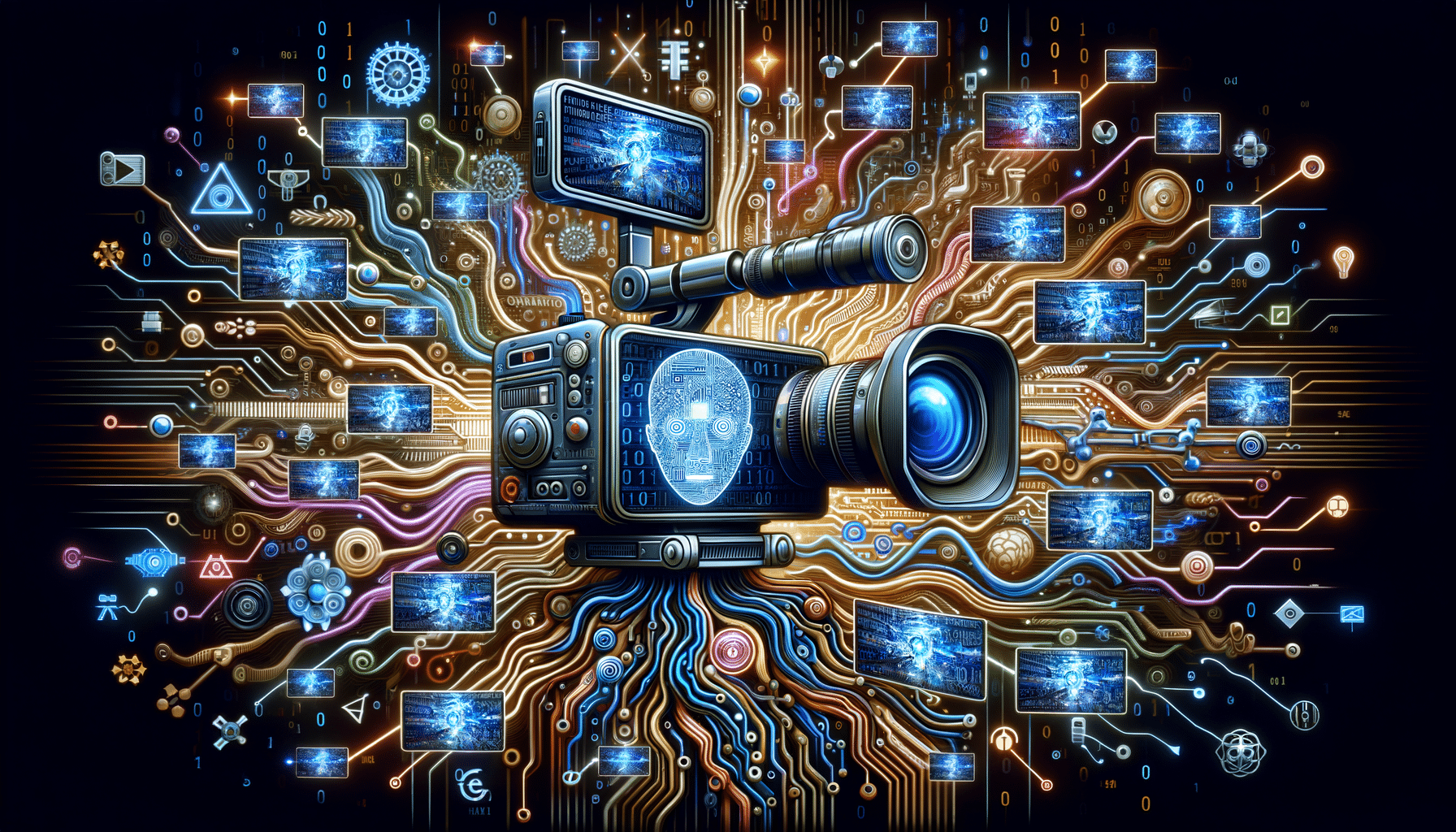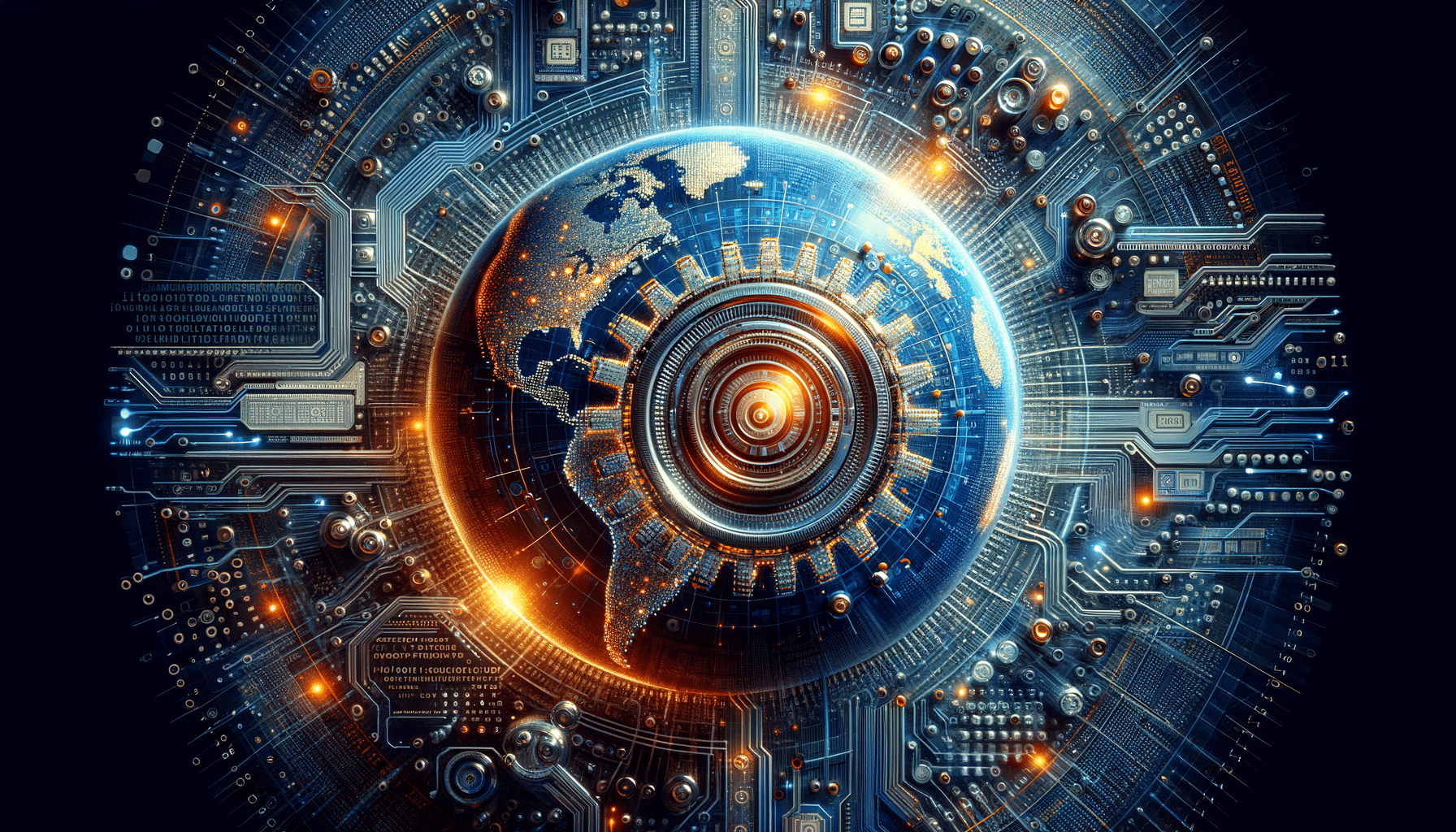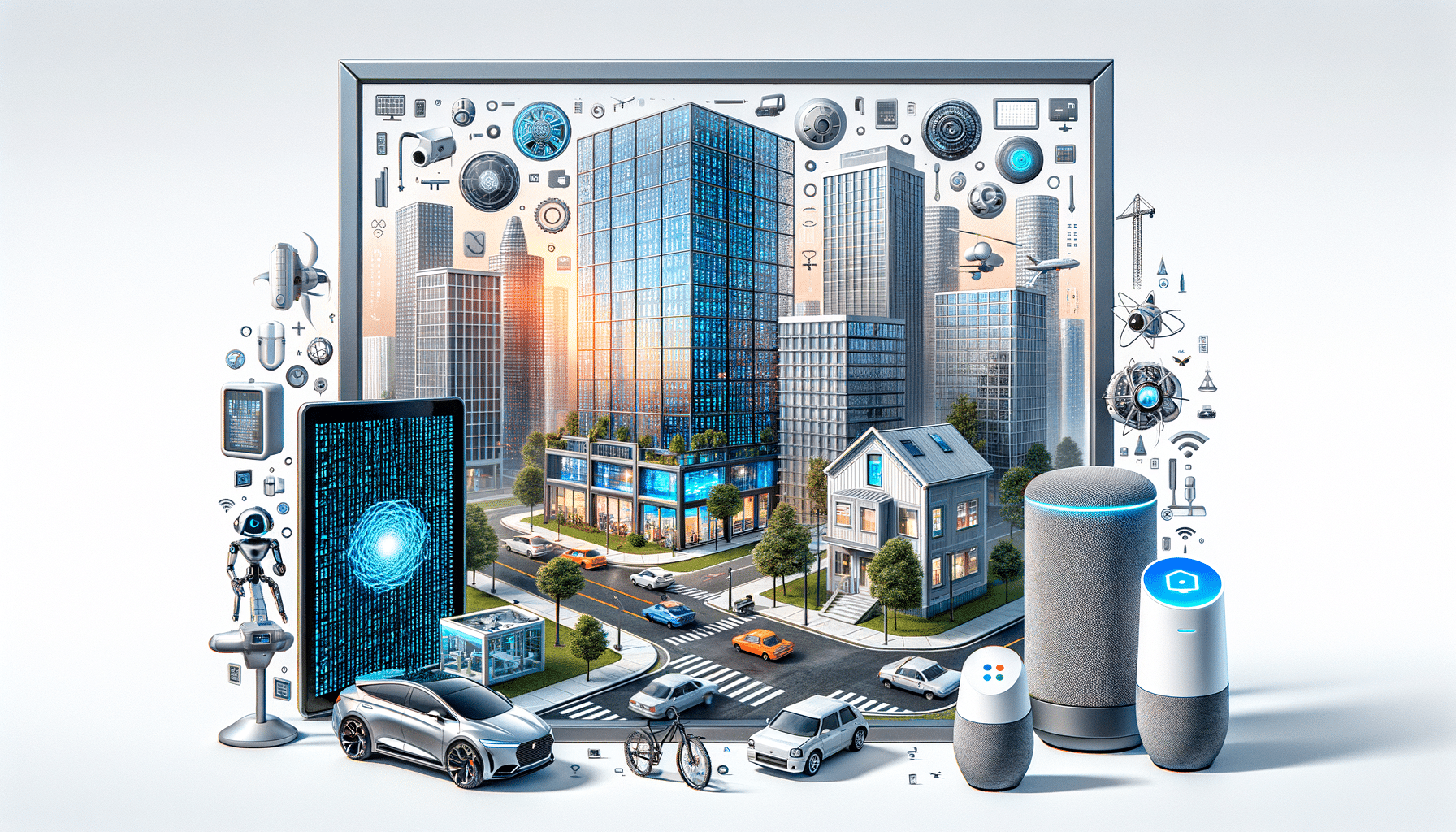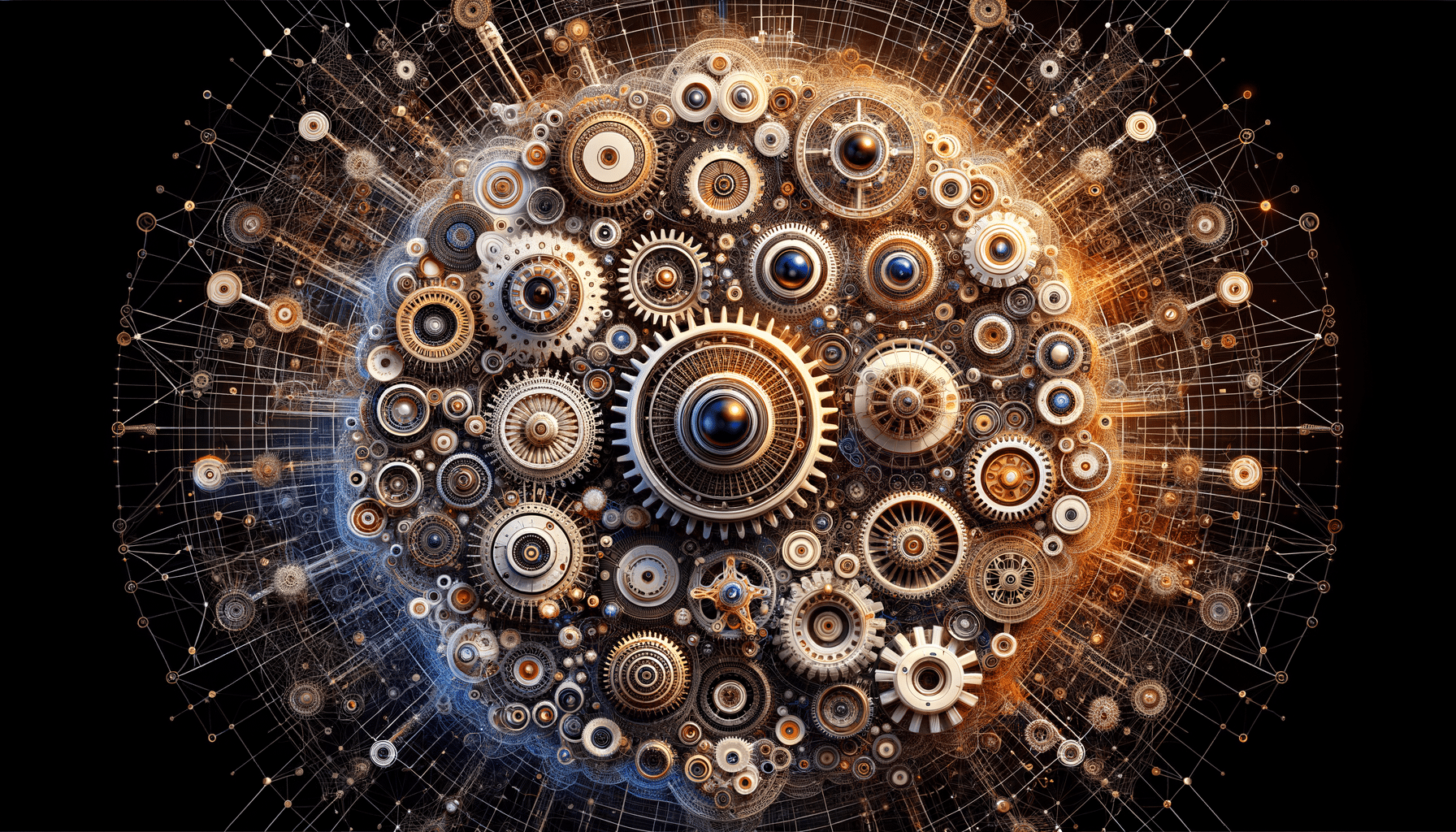
Enhancing Video Creation with AI: A Comprehensive Guide
Introduction to AI in Video Generation
The landscape of video creation has been dramatically transformed by the advent of artificial intelligence (AI). As digital consumption increases, the demand for engaging and high-quality video content is at an all-time high. AI technologies are not only meeting this demand but are also pushing the boundaries of what is creatively possible. This article delves into how AI is revolutionizing video generation, making it more efficient, accessible, and innovative for creators and industries alike.
The Role of AI in Video Editing
AI is redefining video editing by automating time-consuming tasks and enhancing creative possibilities. Traditional video editing requires meticulous attention to detail, often taking hours or even days to perfect. AI tools, however, can streamline this process significantly. They can automatically edit footage, identify the best shots, and even suggest creative transitions, all while maintaining high-quality standards.
For instance, AI algorithms can analyze video content to detect scenes, faces, and objects, allowing editors to quickly find and organize clips. This not only saves time but also opens up new creative avenues. Additionally, AI-driven color correction and audio enhancement tools ensure that the final product is visually appealing and audibly engaging.
- Automated scene detection and organization
- AI-driven color correction and audio enhancement
- Creative transition suggestions
By leveraging these capabilities, video creators can focus more on storytelling and less on the technical aspects of editing, ultimately improving the overall quality and impact of their content.
AI-Powered Animation and Special Effects
Animation and special effects are integral components of modern video content, and AI is making these elements more accessible than ever. AI-powered tools can generate realistic animations and effects that were once the domain of highly skilled professionals. These tools utilize machine learning algorithms to create lifelike movements and interactions, adding depth and realism to video projects.
For example, AI can simulate complex physical phenomena such as water, fire, and smoke, which are notoriously difficult to animate manually. Additionally, AI-driven facial animation tools can create expressive character animations by analyzing real human expressions and translating them into digital form.
- Realistic simulation of physical phenomena
- AI-driven facial animation tools
- Lifelike movements and interactions
These advancements not only enhance the visual appeal of videos but also reduce the time and resources required to produce high-quality animations and effects.
Personalization and Content Adaptation
AI is also revolutionizing how video content is personalized and adapted for different audiences. By analyzing viewer data, AI can tailor content to meet the specific preferences and interests of individual users. This level of personalization enhances viewer engagement and satisfaction, as audiences are more likely to connect with content that resonates with them personally.
Moreover, AI can adapt content for different platforms and formats, ensuring that videos are optimized for various devices and screen sizes. This adaptability is crucial in a digital landscape where content is consumed across a multitude of platforms, from mobile phones to large-screen televisions.
- Tailored content based on viewer data
- Optimization for different platforms and formats
- Enhanced viewer engagement and satisfaction
By providing personalized and adaptable content, AI helps creators reach wider audiences and maximize the impact of their videos.
The Future of AI in Video Generation
The future of AI in video generation is both exciting and promising. As AI technologies continue to evolve, they are expected to offer even more innovative solutions for video creation. Future advancements may include more sophisticated AI-driven storytelling tools, enhanced virtual reality experiences, and even AI-generated scripts and narratives.
Furthermore, the integration of AI with other emerging technologies such as augmented reality (AR) and the Internet of Things (IoT) could open new possibilities for interactive and immersive video content. These developments will not only enhance the creative potential of video creators but also transform how audiences experience and engage with video content.
As AI continues to advance, it will undoubtedly play a pivotal role in shaping the future of video generation, offering endless opportunities for creativity and innovation.


